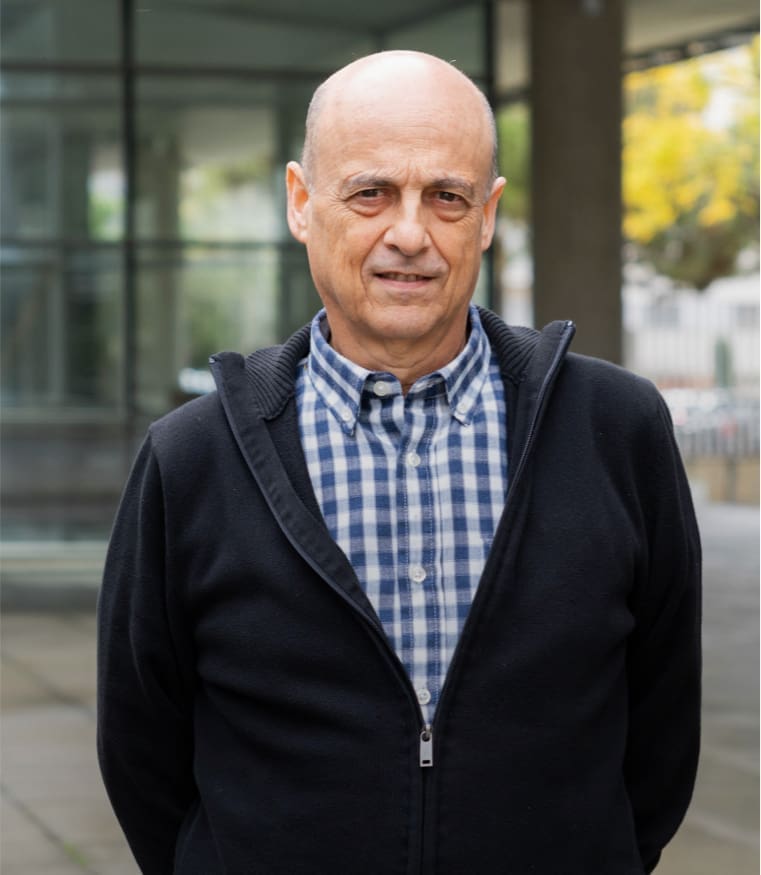Artificial Photosynthesis for Solar Fuels – an Evolving Research Field within AMPEA, a Joint Programme of the European Energy Research Alliance
On the path to an energy transition away from fossil fuels to sustainable sources, the European Union is for the moment keeping pace with the objectives of the Strategic Energy Technology-Plan. For this trend to continue after 2020, scientific breakthroughs must be achieved. One main objective is to produce solar fuels from solar energy and water in direct processes to accomplish the efficient storage of solar energy in a chemical form. This is a grand scientific challenge. One important approach to achieve this goal is Artificial Photosynthesis. The European Energy Research Alliance has launched the Joint Programme “Advanced Materials & Processes for Energy Applications” (AMPEA) to foster the role of basic science in Future Emerging Technologies. European researchers in artificial photosynthesis recently met at an AMPEA organized workshop to define common research strategies and milestones for the future. Through this work artificial photosynthesis became the first energy research sub-field to be organised into what is designated “an Application” within AMPEA. The ambition is to drive and accelerate solar fuels research into a powerful European field – in a shorter time and with a broader scope than possible for individual or national initiatives. Within AMPEA the Application Artificial Photosynthesis is inclusive and intended to bring together all European scientists in relevant fields. The goal is to set up a thorough and systematic programme of directed research, which by 2020 will have advanced to a point where commercially viable artificial photosynthetic devices will be under development in partnership with industry.

A. Thapper, S. Styring, G. Saracco, A. W. Rutherford, B. Robert, A. Magnuson, W. Lubitz, A. Llobet, P. Kurz, A. Holzwarth, S. Flechter, H. de Groot, S. Campagna, A. Braun, H. Bercegol, V. Artero
Green 2013, 3, 43-57
DOI:
Go to the journal

Let's create a brighter future
Join our team to work with renowned researchers, tackle groundbreaking
projects and contribute to meaningful scientific advancements



















